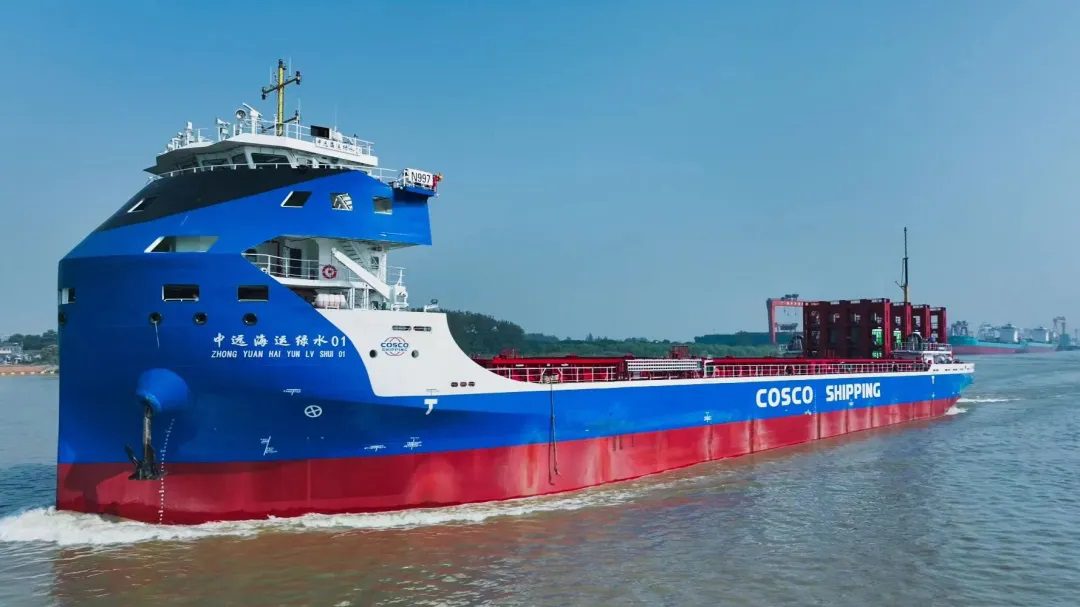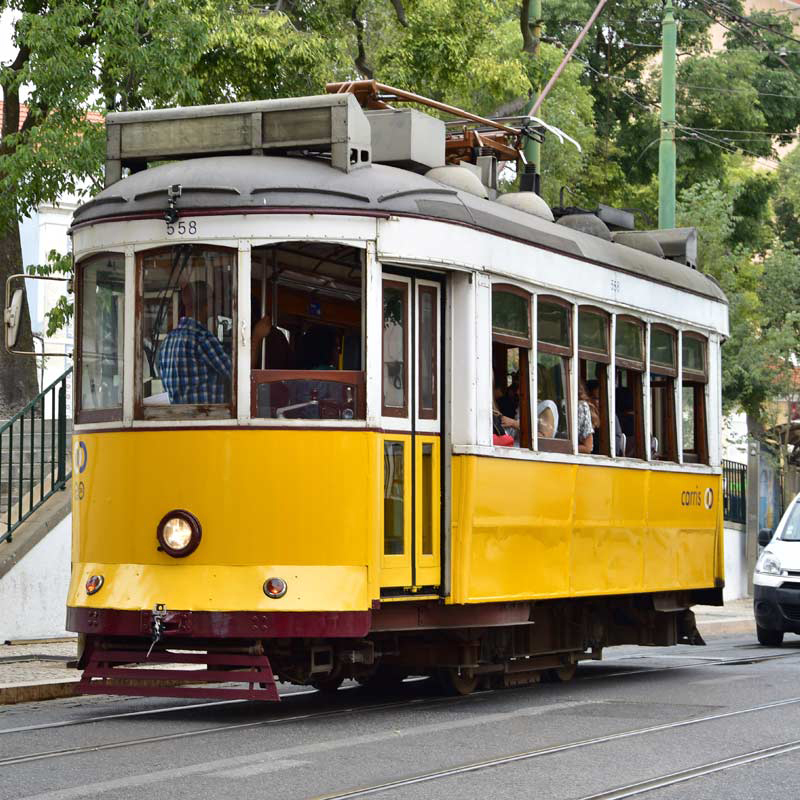Dude awesome. I mean you gotta hand it to them. Killing it with affordable electric cars, solar panels and now this. It’s a step in the right direction, and that’s more than you could say about UK
Removed by mod
I care little about that at this point to be honest with you …
The alternative is that these innovating companies would have milked the IP and/or shelved it if it means more money, fuck the people, fuck the environment, etc etc etc
If China’s IP theft brings the green revolution we knew we needed 50 years ago but the innovators sabotaged for profit, I’d consider China the robin Hood of the story
The “Chinese steal everything and are expert copy-cats” is an orientalist trope with a few hundred years of history. White supremacists are still repeating it to this day, and in this thread.
Removed by mod
Sucked in, frankly.
Here is an alternative Piped link(s):
The workmanship and safety/quality of a Chinese product should be highly scrutinized
Piped is a privacy-respecting open-source alternative frontend to YouTube.
I’m open-source; check me out at GitHub.
Removed by mod
As other people have said, it doesn’t really matter as long as it helps solve climate change. Boo hoo, western corporations didn’t get to overcharge for stuff, big deal.
Didn’t get to continue to over charge us until the world literally ends for humans…
I agree however there is only 1 but and that’s the fact that the labor costs are much lower in China than in the West. Still a great job by China.
That’s not so true nowadays. Skilled factory workers already make a good salary in China nowadays. Like better than any other “global south” country at least. And by cost of living, better than the US probably tbh.
don’t need to be paying nearly as much for a skilled employee when cost of living is much lower
We’re putting in tones of wind power. The problem is the weird linking of electricity prices to gas prices and the fact we don’t have anywhere near the energy storage capacity we need. So we end up paying wind farm operators to shut down turbines and generate less when its extra windy.
Batteries and salt water mix poorly, so I’m concerned about that aspect for crew safety. I would actually be glad if they limited battery size, hoping to augment with solar, to reduce that hazzard.
That battery isn’t all that big…. Oh wait that’s a capitalized M!
Still doesn’t really seem all that big. Some EVs have 100 KWh batteries. A container ship with the battery capacity of 500 cars doesn’t sound like much.
Until you realize that the energy requirement is also different. Land transport in general is very inefficient. Ship is in fact one of the most energy efficient means of transport.
I don’t disagree but every time I’ve seen a diesel engine on a cargo ship it was absolutely massive.
Size wise, it is small relative to the ship size. Look at car engine. How many % of volume is taken up for the engine and fuel tank of car? I think it is close to 30-40%
194 nautical miles isn’t terribly far, though. For port to port, sure. For oceanic shipping, I don’t think 194 is going to cut it. I think we will probably have to do SMRs or efuels to really cut cargo ship and cruise ship emissions when crossing the Pacific or Atlantic. Though I don’t know where nuclear powered shipping (in non-military applications) is in terms of progress.
I do think that cargo ships are the one vehicle where solar panels would make sense though. Add that and a sail, and you should be able to increase the range considerably.
Yep, and the Chevy Silverado EV manages 200kWh now. This cargo ship better be small and efficient because 250 American pickup trucks worth of battery really isn’t much.
A cargo ship is probably more energy efficient than an American pickup lol
It’s still not a lot of energy though. Some rough napkin math for how far this would get you is below:
Typical medium size cargo ships in the Panama Canal travel around 25 knots burning 63000 gallons per day of fuel with 5000TEU of cargo. That’s roughly 600mi/63000gal or 1142miles per ton gallon. That Silverado EV somehow weighs 4 tons (totally safe to be driving at highway speeds), so this is the equivalent of roughly 285.5mpg per Silverado. The Silverado is 67mpge on its own, so the ship is just over 4x as efficient (and slower which is ignored here but would impact the vehicle efficiency).
So using the Silverado’s 450 mile optimal range we can say it has at most an optimistic 7 gallons equivalent fuel in its 200kWh battery. 50 MWH would be enough for a theoretical 1750 gallons equivalent if efficiency were the same. But for the efficiency difference this corresponds to a 4.2x improvement to 7350 gallons equivalent. Therefore this is enough to run that typical ship above for 2.8 hours. So with 65000 tons of cargo in the above ship to do a 200 mile route this ship would need roughly 3x as large a battery. More likely it will just carry ~1/3 the cargo or have charging stops en-route.
The 19.4km/h top speed of this ship suggests they’re well aware of the extremely limited range this will have for its size and it sounds like the Shanghai to Nanjing route will be pushing it’s limits despite being less than 200 miles.
You took the worst possible path to calculate all of this. Just compare energy to energy, that’s the whole point of Watts.
True but efficiency is not the same and not as simple to compare since we don’t know how much of the ship’s battery is converted into motion. Similarly we don’t directly know it’s mass. ICE cars can use ~20% of the energy in fuel while EVs 90%+ of the energy in a battery. But now much can that ship effectively use? I have no idea how efficient boats are or aren’t, hence the roundabout method above.
I bet that cargo ship can only kill two, maybe 3 pedestrians on a good day. 250 american pickups could do that in an afternoon.
Ships are much more efficient than cars. Having said that, this wouldn’t have a huge range, nor is it terribly big by container ship standards.
Having seen some spicy pillows in my times… I’d hate to be onboard if any of the battery containers becomes a bouncy castle.
Using standard container sizes as battery modules is kind of genius. That way they can be swapped out when they get older and newer technology comes along, they could even be swapped between ships.
I expect they are using LFP which doesn’t do that.
Fortunately energy density is not a concern with boats.
These batteries are likely far more complex in packaging, design, and thermal management that any consumer electronic cell. They’ll likely “fail safely” if/when they do fail.
Eh, it’s a Chinese product - it may have good failure avoidance/protection, or it may just use a single resistor soldered where a microcontroller was clearly supposed to be.
China is a massive economy and country with some of the most advanced manufacturering and tooling in the entire world. Yes, it could be shoddy, but it’s in a ship and is going to be far more regoriously scrutinized by their regulatory bodies than a normal stationary battery would be. I understand the plausiblity of your comment, but it seems to be rooted in prejudice or extreme ignorance.
Posting this while Boeing is killing whistleblowers for talking about how many corners they’re cutting is absolutely wild lmao
Good news, it’s surrounded by water! Bad news, it’s surrounded by water. 😡
I’d say with Lithium, that’s only bad news.
360 km or 194 nautic miles is the inter-port distance.
Why not an electric train? There is contiguous land between the two cities, and then you don’t have to carry your fuel with you or build giant batteries out of rare earth minerals, while risking run-away shorts that will surely endanger everyone on board, and ensure the cargo is lost.
Plus the distance is <300kms.
Probably because trains are limited in both weight and volume compared to ships and also less efficient. If you have this short route and know it’ll need this amount of cargo shipped it likely makes sense.
This single ship can carry more containers than any train could be expected to pull, likely by at least one order of magnitude.
All in all I’d guess the advantages are roughly:
- Reduced staff
- reduced energy use (land based shipping is less efficient almost by default)
- no need for infrastructure except ports (if you assume there is no train line or this shipping would move existing lines over capacity building this ship is likely cheaper or at least in line with 300km of rail)
- simpler logistics (loading / unloading)
Disadvantages:
- Speed (a train would likely move at 3-5x the speed)
I would also not expect the risk for catastrophic fires to be all that high. This ship has the batteries be containers. So once you’ve designed a container that is a large battery, you’ve already spent so much that a proper BMS including proper battery fire suppression as well as proper breakers/contractors are things you’ve built into it without even thinking about cost. The separation provided by building containers as the battery is the next line of defence if one container fails spectacularly, it also allows the batteries to be maintained on land, much cheaper than if they were part of the ship.
I expect they are using LFP which isn’t fire prone.
Fortunately energy density is not nearly the concern with boats and trains as it is with cars.
And agreed, the modular batteries are a nice touch.
if only we had some kind of wind powered boat technology.
Well there is a reason we stopped using those.
If only we could get energy to trains easily and continuously.
Why make trains when we have horses
I can see lots of disappointed shipping magnates going to the shops on Boxing Day to get the batteries that weren’t included in the box.
Removed by mod
COMMON
CHINA
W
Pirates in 3… 2…
…autoelectrocuted















